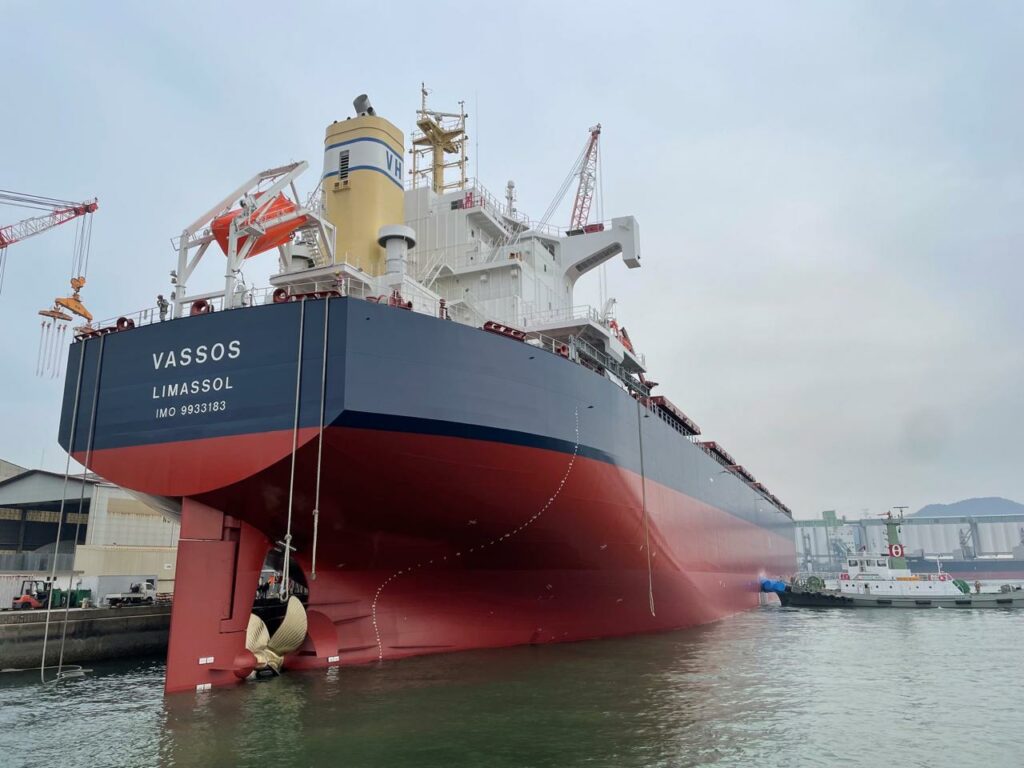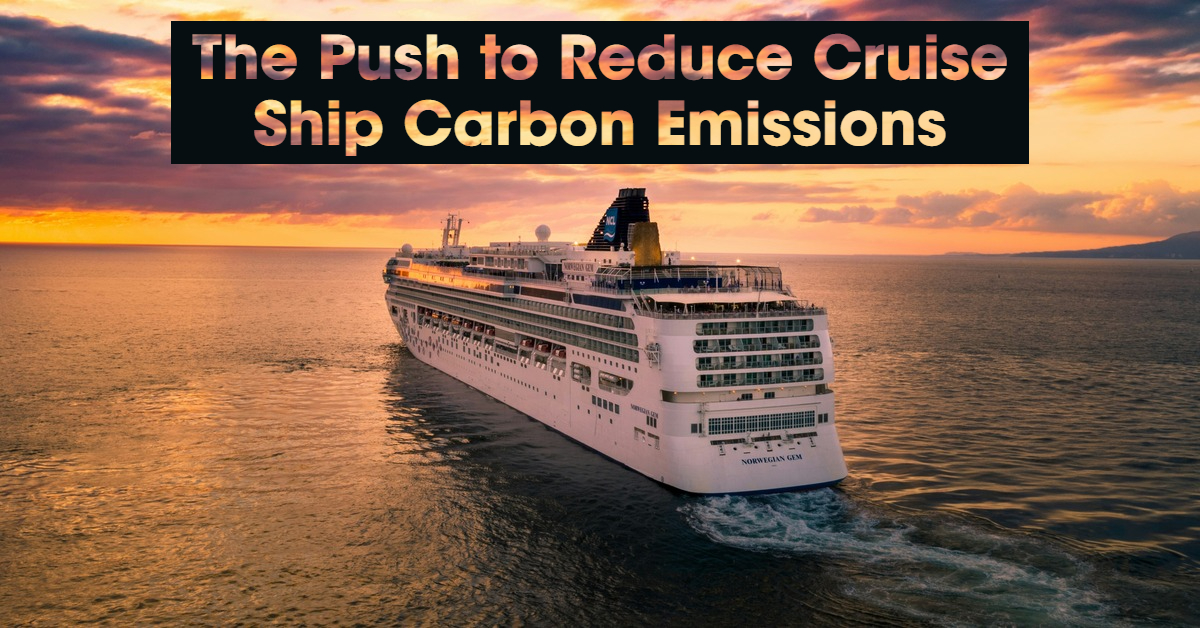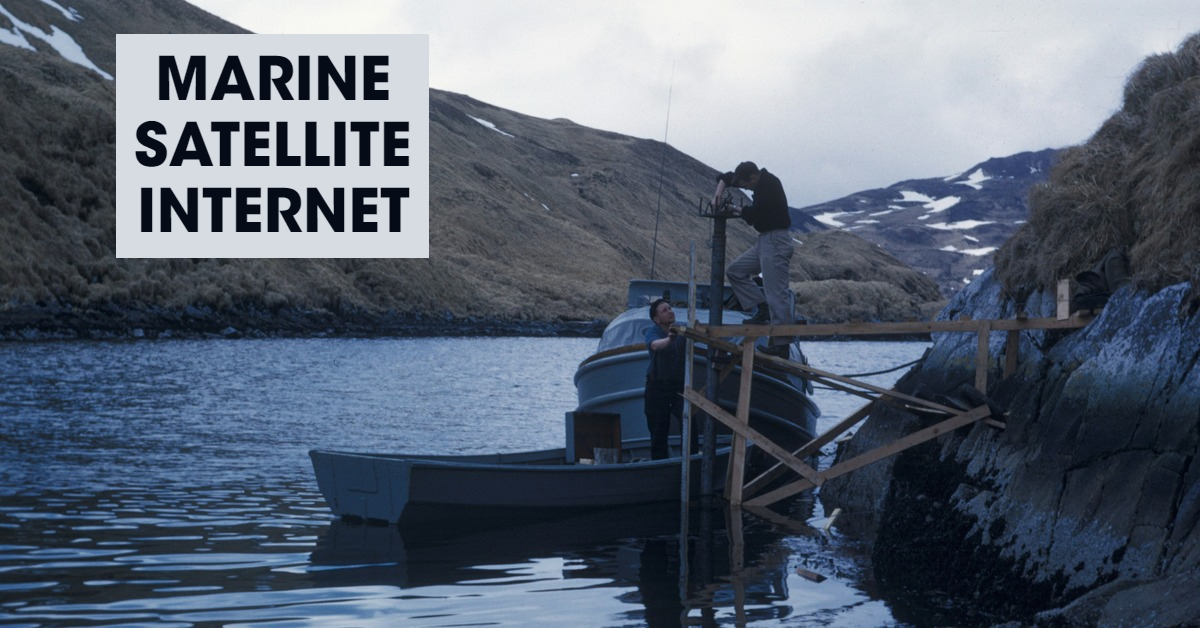Shipbuilding is a detailed process that involves the complex design and production aspects. There are a set of stages followed by designers during the design stage and the shipyard during the production stage to bring a design into reality.
Starting from the concept to the launch of a vessel, a lot of calculations and hard work is put forward for the design and construction of a vessel. Let us look deeper into both the design and production aspects of shipbuilding.

The Design Spiral In Shipbuilding Process
The design spiral is a spherical loop of a process that the designers iterate one or more times to meet the requirements of the owners. It is a systematic loop that comprises the following steps,
- Target Requirements
This phase defines the type and function of the vessel. The statements used can define the function of a vessel in very simple words. We highlight one or more words that uniquely define the design. Say for example “A high-speed recreational fishing vessel “. Target requirements help us compare two or more designs.
- Dimensions and preliminary powering
This phase determines the vessels, design requirements, and dimensions in terms of numbers and ranges. The owner will set forward a list of requirements which can be in terms of length, range, capacity, and so on.
The owner will also mention how the vessel is planned to be used either recreational or commercial, and reference other existing vessels which are normally provided.
Normally starts with a parent hull, which already exists in the market, and further optimizes the same.
- Lines and General Arrangement plan
Once the dimensions are stated, the designers start off by developing the plans for the hull. These drawings define the shapes of the hull in all directions and how they relate to each other. This stage is important as it defines the vessel’s performance, capacity, and so on in the later stages.
A general arrangement plan is also developed which defines how the vessel is going to be segregated in terms of space and utility. This gives the owner a clear idea of how the spaces inside his vessel are divided according to his requirements.
- Hydrostatics and Bonjean curves
A series of calculations are performed with the help of the lines plan to compute the shape coefficients and parameters which define the volume, draft, and so on. These values will serve as the base data for further steps like stability calculations.
The calculations are normally done with the help of computational programs which makes the process much faster and easier. Normal outputs include data such as weight vs draft and so on.
- Arrangements (Hull and Machinery)
A plan is developed to determine the optimum location of various machinery within the vessel like engines, shaft lines, generators, and so on, and how they can function with each other without any complications.
- Structure
Loads are calculated on the hull and deck from different aspects like slamming into waves during operations, so as to bring forward with design solutions in terms of structural design, which can withstand these loads.
Normally performed with computer-based solvers, FEA (Finite element analysis) provides close to real outputs for loads, for which structures can be designed.
- Resistance and Powering
The total drag forces are calculated which acts on the hull with the help of computational tools like CFD (Computational Fluid Dynamics), which can help in calculating the power requirements needed to push the vessel. This can help the designer come up with an initial selection of engines and their corresponding data.
- Lightship weight
The weight of components like plating, structures, machinery, and equipment are calculated along with their position to get initial values of weight can the center of gravity which is crucial in calculating stability in the next stages
- Stability calculations
The stability of the vessel is the primary aspect that determines the safety of life and cargo on board. For specified initial conditions like draft and trim the calculations are done so as to compute values of the righting moment for different heel angles.
Stability is calculated for the vessel in its static and dynamic condition and also in terms of unfavorable events such as flooding, due to collision or grounding of the vessel.
The vessel is normally required to meet stability criteria as those put forward by classification societies.
- Cost & Material estimates.
Once all of the above is calculated we move on to the costing stage, where overall costs in terms of design and production are summed up and compared to existing vessels in the market. Weight vs cost is a standard comparison that normally designers use.
A preliminary estimate of the total material is also calculated, along with supplier details so as to make the procurement process much easier.
The above steps are iterated so as to refine values and optimize the final design. Maybe within one iteration, you can come up with a feasible design that matches your design goals. Once the preliminary values are computed more detailed calculations are performed so as to refine the values even further so that no surprises come up during the production stage.
Once the design stage is over, we move on to the production stages which take place in shipyards.
The Production Stages In Shipbuilding Process
Production stages involve effectively transferring the design methodology into production aspects. Production is mainly divided into two phases, which involve the production of the hull and the second which involves the production of the superstructure and outfittings. Let us discuss the standard procedure followed by shipyards for the building of a large steel vessel.
Production stages can be classified into the following,
- Panel Fabrication
During this stage of production, the sheet panels are cut and bent as per the required dimensions and the panels are joined by welding several plates together to meet the required dimensions for a specific region, and the structural elements like stiffeners and girders are also welded in place.
- Section Fabrication
Different panels are arranged in a specified manner and welded together to form sections. It is the primary unit in a vessel and normally vessels comprise 100-200 units.
- Block Fabrication
The sections are welded together to form blocks that form the major elements of a vessel.
- Erection
Blocks are transferred with the help of gantry cranes to the drydock or the slipway and further welded together to form the final full vessel.
Welding is the main part of joining different sections and periodic inspections are done by the shipyard and classification society so as to ensure maximum safety standards are maintained.
- Outfittings
Outfittings are primarily divided into three depending on the various stages of installation of components on the vessel.
- Pre-Outfitting
During this stage of outfitting, the components are added to the sections or the blocks before the final welding of block components is done.
- Dock Outfitting
During this stage, heavy machinery such as engines and generators are mounted on the vessel when it is still in the dry docks or slipways before the final launch of the vessel.
- Quay outfitting
This is the final stage of outfitting before the vessel heads out to its final stability test or the inkling experiment. Components that are yet to be added are mounted while the vessel is moored along the quay.
- Painting
The surface of the hull is treated with sandblasting so as to remove the rust particles and further is painted and treated to prevent corrosion and marine growth.
- Launching
There are different types of launching methods and most of the common ones are,
- Gravitational Launch
In this type of launching method, the vessel is placed on rollers and it slides off with its own weight with the help of lubricants.
- Floating out
Most vessels built in dry docks are launched in a similar manner where water is filled in the dry docks and mostly towed out with the help of tug boats from the aft.
- Air bags
In this method, cylindrical-shaped airbags that have high loading capacity are placed below the hull and the hull slides off to the water.
- Sea trials and tests
The final stage after launching is sea trials where the vessel is tested for different maneuvering conditions to ensure the desired results are met and also to check if all the machinery is performing for optimum outputs.
Conclusion
Shipbuilding is a very complex process that requires a lot of precise engineering, which is only made possible by a team of professionals who plans each step prior so as to ensure a quality final product that serves the required design functions.
- Sustainable and Luxurious: Discovering Split’s Yachting Paradise – April 26, 2024
- MarineTraffic vs VesselFinder: Which Is Better Vessel Tracking Service? – February 14, 2024
- Port Costs: A Comprehensive Guide to Port Dues and Fees for Cargo Ships – February 12, 2024




